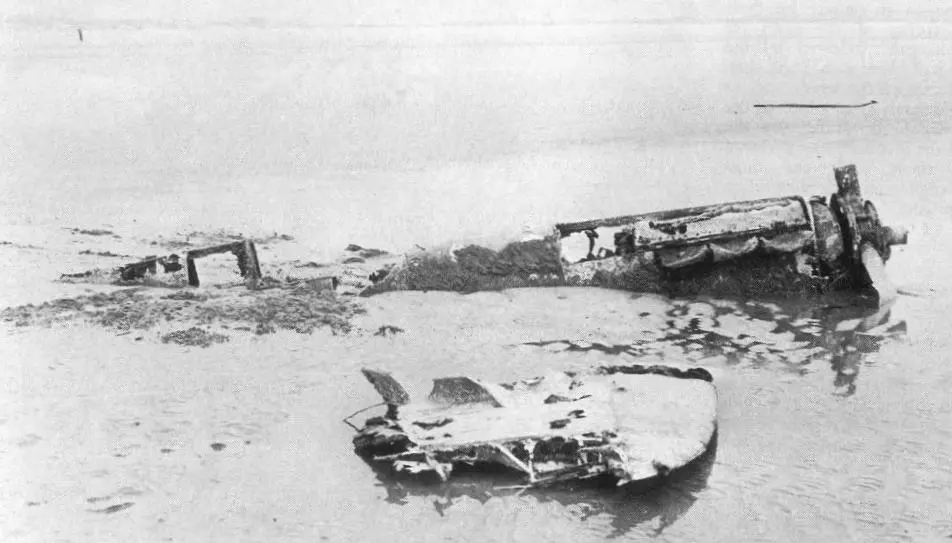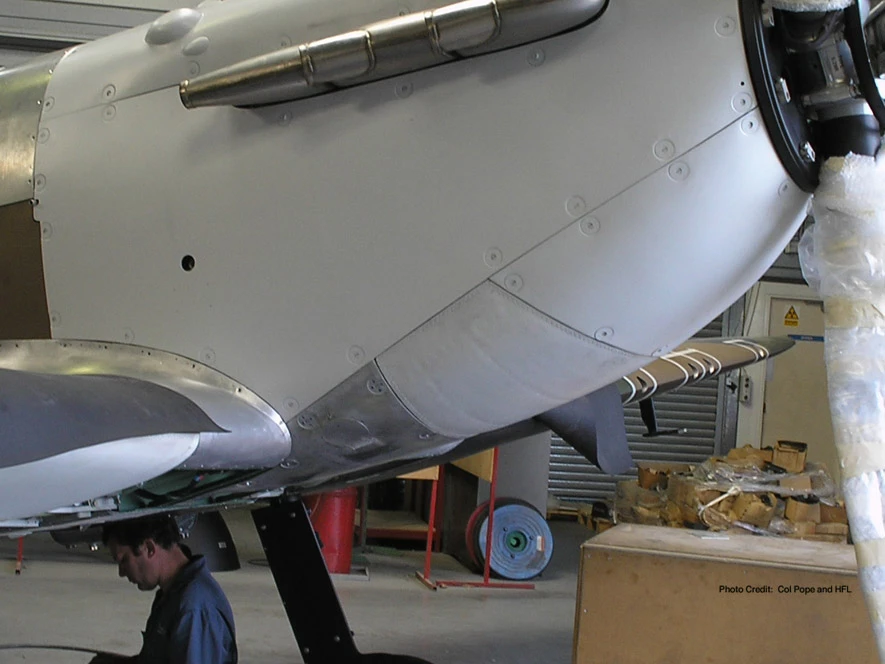One of only two Mk.1 Spitfires still able to fly today has sold for a record amount at Christie's auctions. The gavel fell at £3,106,500 (US$4,784,010) on the painstakingly restored RAF Spitfire P9374, far exceeding pre-auction estimates of £2.5m.
The Vickers Supermarine Spitfire holds a special place in British WWII history as one of the finest aircraft to ever defend British shores and a favorite of many a pilot from the era. The P9374 was built in 1940 as a part of 92 Squadron, which was specifically assigned to Home Defence.
The plane was shot down and forced to land on May 24, 1940, during the Battle of Dunkirk. It wasn't recovered and sank into the wet sand of Calais. Its pilot, the Peter Cazenove famously depicted in the movie Great Escape, was eventually captured and released. He died before the plane was uncovered by swiftly changing tides in 1980.
When the Spitfire P9374 was recovered, parts had already been stolen as souvenirs and it fell apart while being dragged full of wet sand. Consequently, three years of fastidious restoration by the Aircraft Restoration Company were put into making the celebrated plane not only fly again, but do so with only the most accurate parts befitting its history as a very early Mark 1 model. The team returned to the original design plans, rebuilding the fuselage, wings, and re-engineering the propeller and engine, which still contains many original parts.
The Spitfire was restored and donated by Thomas Kaplan, an American entrepreneur and philantropist, with proceeds from the auction benefiting the RAF Benevolent Fund, his own organization Panthera, WildCRU and Stop Ivory. The P9374 is actually one of two Spitfires that Kaplan owned, with the second traveling to the Imperial War Museum Duxford.
He describes his intentions as "pay[ing] homage to those who Churchill called 'the Few', the pilots who were all that stood between Hitler's darkness and what was left of civilization..."
Christie's has documented the restoration process on a special website, also providing special video footage of the Spitfire P9374's return to the air in 2011.
Sources: Christie's, Mark One Partners






















